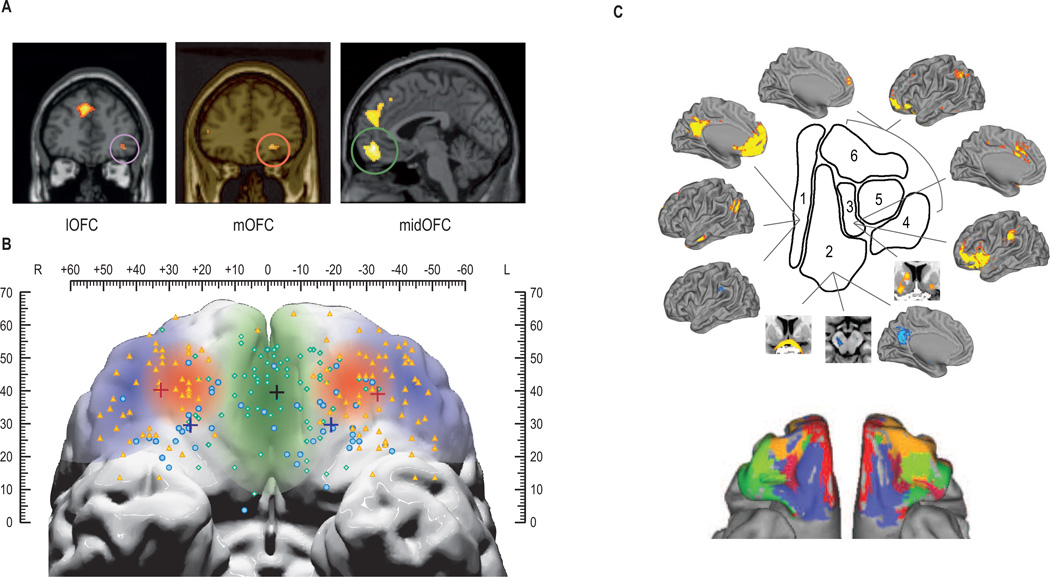Figure 3. Hedonic coding in the human orbitofrontal cortex (OFC).
In humans, the orbitofrontal cortex is an important hub for pleasure coding, albeit heterogeneous, where different sub-regions are involved in different aspects of hedonic processing. A) Neuroimaging investigations have found differential activity to rewards depending on context in three subregions: the medial OFC (mOFC), mid-anterior OFC (midOFC) and lateral OFC (lOFC). B) A meta-analysis of neuroimaging studies showing task-related activity in the OFC demonstrated different functional roles for these three sub-regions. In particular, the midOFC appears to best code the subjective experience of pleasure such as food and sex (orange), while mOFC monitors the valence, learning and memory of reward values (green area and round blue dots). However, unlike the midOFC, activity in the mOFC is not sensitive to reward devaluation and thus may not so faithfully track pleasure. In contrast, the lOFC region is active when punishers force a behavioural change (purple and orange triangles). Furthermore, the meta-analysis showed a posterior-axis of reward complexity such that more abstract rewards (such as money) will engage more anterior regions to more sensory rewards (such as taste). C) Further investigations into the role of the OFC on the spontaneous dynamics during rest found broadly similar sub-divisions in terms of functional connectivity (Kahnt et al., 2012) with an optimal hierarchical clustering of four to six OFC regions. This included medial (1), posterior central (2), central (3) and lateral (4–6) clusters with the latter spanning an anterior-posterior gradient (bottom of Fig 3B), and connected to different cortical and subcortical regions (top of Figure 3B). Taken together, both the task-related and resting-state activity provides evidence for a significant role of the OFC in a common currency network. It is also compatible with a relatively simple model where primary sensory areas feed reinforcer identity to the OFC where it is combined to form multi-modal representations and assigned a reward value to help guide adaptive behaviour (Kringelbach and Rolls, 2004). Images in A are reproduced from (Kringelbach et al., 2004; Kringelbach et al., 2003).

